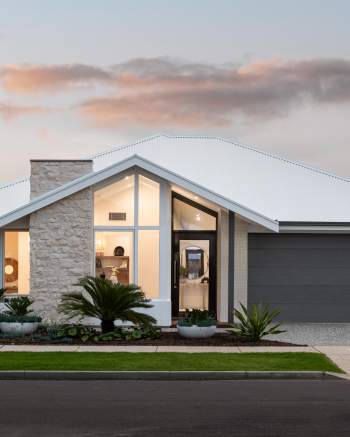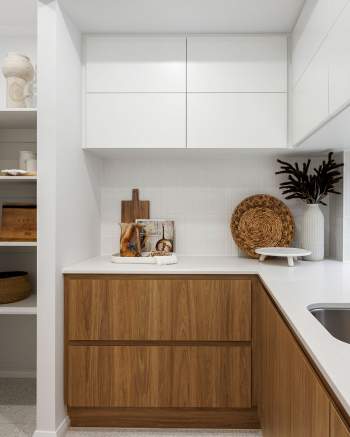What is an Architrave?
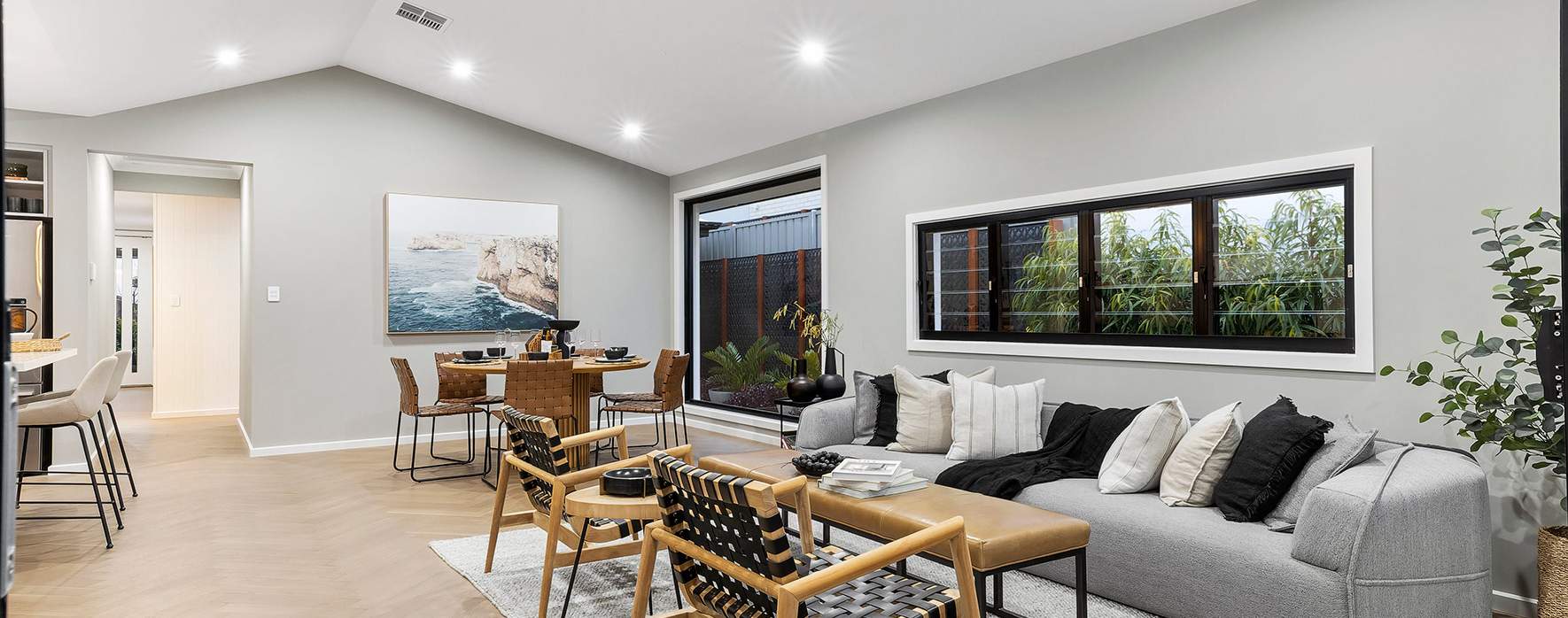
Building your first home involves navigating many architectural and interior design terms. One essential element in both aesthetics and functionality is the architrave. But what exactly is an architrave?
Whether you're a first-time home builder or seeking to deepen your home-construction knowledge, understanding architraves can help you make informed choices to bring your dream home to life.
What is the Purpose of an Architrave?
An architrave is a decorative moulding that frames doors and windows, providing both practical and aesthetic benefits. Here are its main purposes:
- Enhancing Appearance: Architraves add a stylish finishing touch to doorways and windows, improving the overall look of a room. With a wide range of styles and designs available, you can select one that best matches your home’s interior.
- Hiding Gaps: Architraves effectively cover the joints where door or window frames meet the walls. This hides any gaps or imperfections, giving the area a clean and seamless finish.
- Providing Protection: While primarily decorative, architraves also protect the edges of door and window frames from damage and wear, helping to preserve their condition over time.
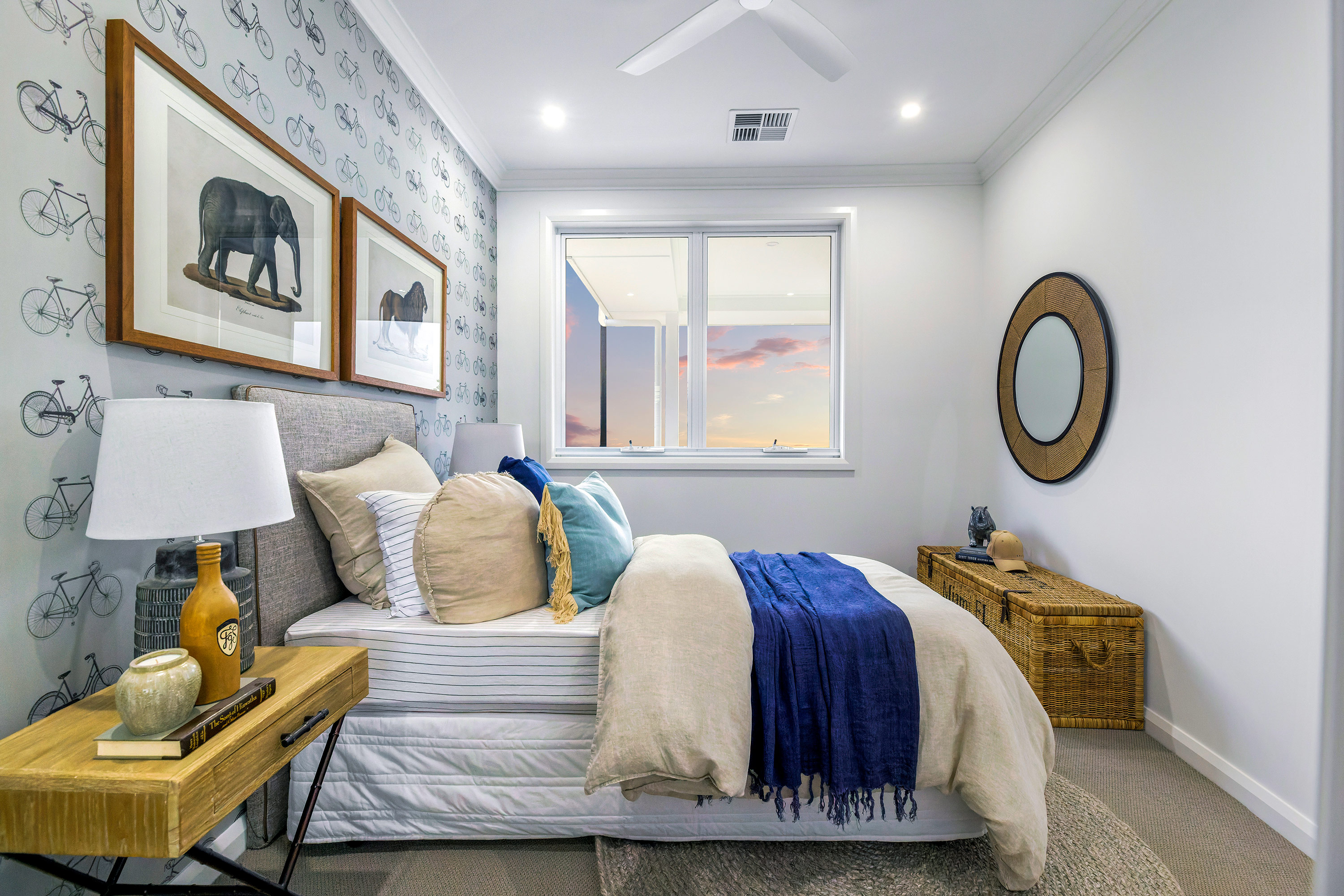
The Importance of Architraves
Though they might seem like a minor detail, architraves play a crucial role in both the functionality and design of your home. Here’s why they are important:
- Aesthetic Enhancement: Architraves add elegance and character to your interiors. They can be tailored to fit any style, from classic to contemporary, adding a distinctive touch to your home’s decor.
- Versatile Design Options: Architraves come in various shapes, sizes, and profiles, allowing you to select the perfect design to complement your home’s architecture and your personal taste.
- Concealing Flaws: These trims effectively hide gaps and uneven edges around doors and windows, providing a cleaner and more finished look.
- Personalisation: Architraves offer an opportunity to personalise your home. By choosing different styles and finishes, you can create a unique look that reflects your individual style.
What are Architraves Made From?
Architraves are typically crafted from materials like timber and MDF, but there are several other options available. Each material offers its own benefits and aesthetic possibilities.
- Timber: Timber architraves are a classic choice, valued for their warm qualities and versatility. They can be stained, painted, or left natural to match your interiors.
- MDF (medium-density fibreboard): MDF architraves are cost-effective and can be painted to achieve your desired look. They are a popular choice for many homeowners.
- PVC: PVC architraves are durable and moisture-resistant, making them an excellent option for wet areas such as bathrooms, laundries, and kitchens.
- Plaster: Plaster architraves are often used in more traditional or ornate interior designs.
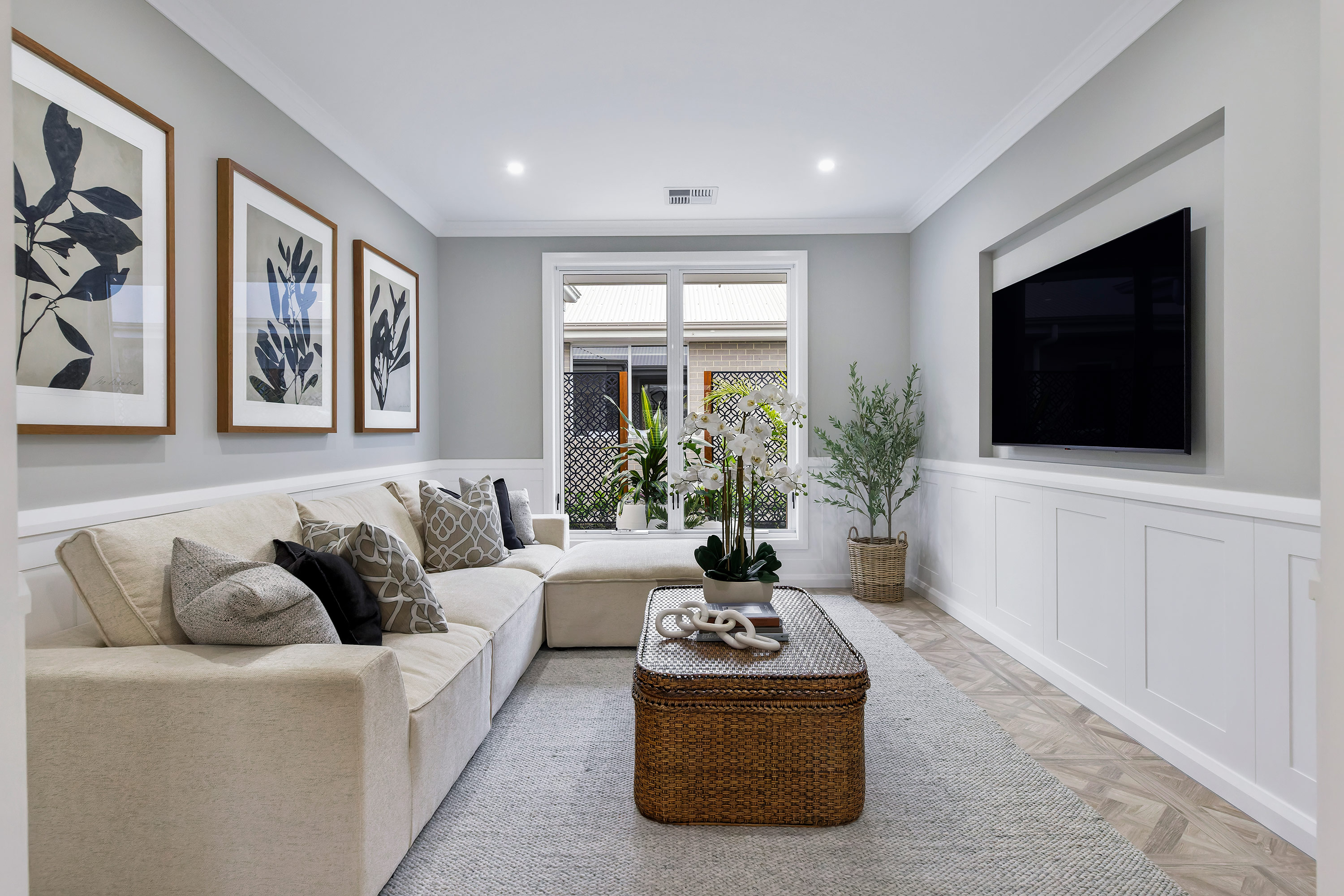
Types of Architraves
Architraves are more than just trim; they're a design element that can significantly impact your home's aesthetic. The type of architrave you choose should complement your overall interior style. Some common types of architraves include:
- Bullnose: Characterised by its rounded profile, the bullnose architrave is a classic choice often found in traditional and heritage homes. It lends a soft, elegant touch to any space.
- Square-edge: Clean and contemporary, the square edge architrave offers a minimalist look that suits modern and contemporary homes.
- Colonial: This style features intricate detailing and is reminiscent of colonial architecture. It adds a touch of grandeur and sophistication.
- Bevelled: With its angled edge, the bevelled architrave creates depth and dimension, making it a versatile choice for a variety of interior styles.
Architraves vs Skirting Boards
Architraves and skirting boards serve similar purposes but are distinct in their locations and applications. Architraves frame doorways and windows, providing a decorative finish, while skirting boards, also known as baseboards, run along the bottom of interior walls where they meet the floor. Skirting boards protect walls from scuff marks and act as a transition between the wall and floor.
Can Architraves Be Used as Skirting?
In some cases, architraves with a suitable profile can be used as skirting boards, especially if you desire a more ornate or decorative look. However, it's essential to ensure that the dimensions and style of the architrave are appropriate for use as skirting boards.
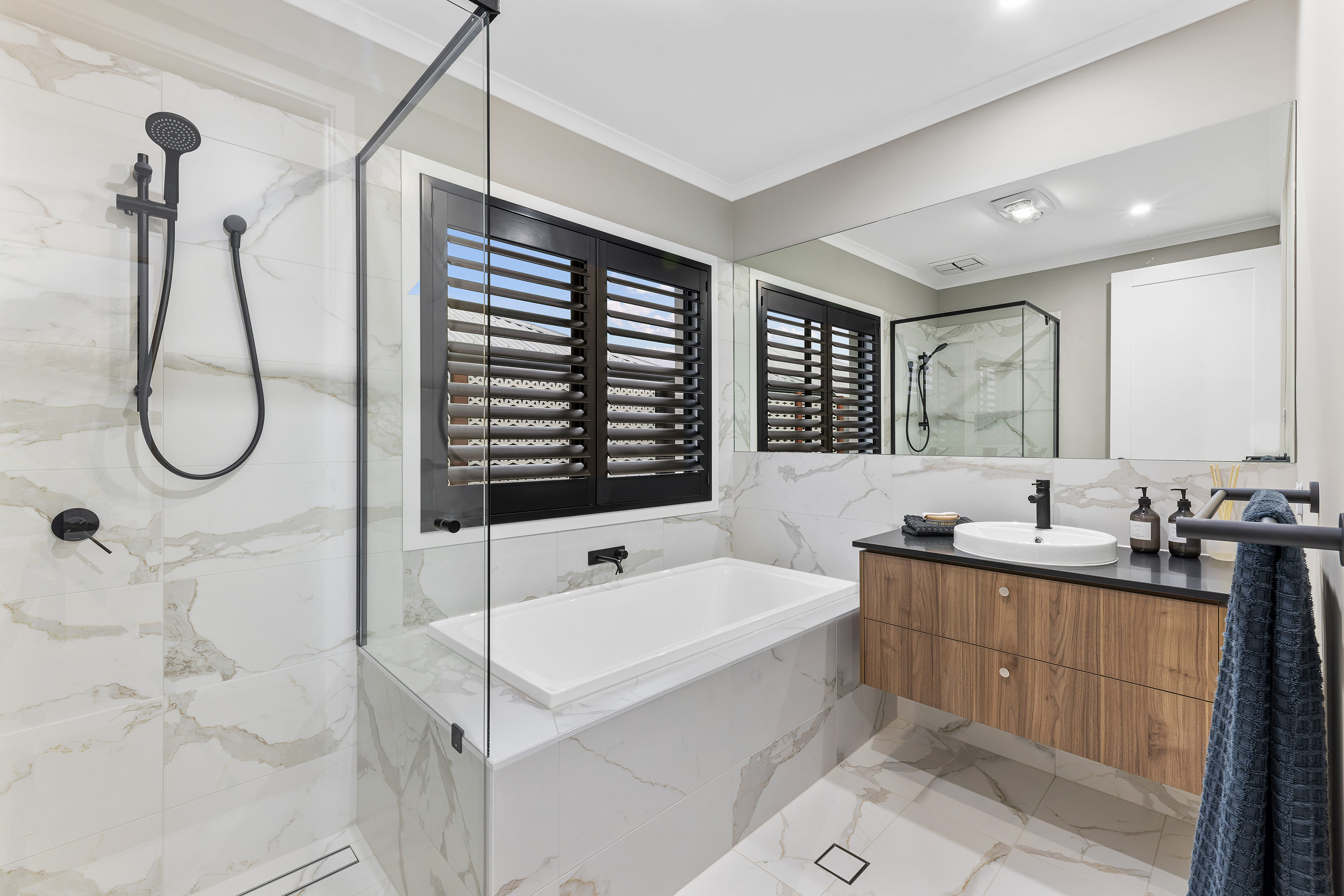
Architraves vs. Door Casings
While often used interchangeably, architraves and door casings serve distinct purposes. An architrave is the decorative moulding that covers the gap between a door or window frame and the wall. It enhances aesthetic appeal and conceals imperfections. On the other hand, a door casing is a structural component that forms the outer frame of a door, providing support and definition. While they work in tandem to complete a doorway, they are separate elements that contribute to a room's overall finish.
How to Choose the Right Architrave for Your Home
Selecting the perfect architrave involves careful consideration of your home's style and desired aesthetic. Here are some key factors to guide your choice:
- Home Style: Consider your home's architectural era and style. Traditional homes often suit ornate architraves, while modern homes favour clean, minimalist designs.
- Room Size and Ceiling Height: Proportion is crucial. Larger rooms with high ceilings can accommodate wider architraves, while smaller spaces may benefit from slimmer profiles.
- Personal Preference: Ultimately, the architrave should complement your taste. Experiment with different styles and materials to find the perfect match.
- Material and Finish: Choose a material that suits your budget and lifestyle. Consider factors like durability, maintenance, and desired aesthetic.
- Consistency: For a cohesive look, maintain consistency throughout your home, or create intentional contrasts for a bold statement.
How to Maintain and Care for Architraves
Maintaining and caring for architraves is essential to keep them looking their best and ensuring their longevity. Start by regularly dusting your architraves with a soft cloth or a microfiber duster to remove any buildup of dust and dirt. For a deeper clean, use a damp cloth with mild soap and water, gently wiping down the surface and then drying it immediately with a clean, dry cloth to prevent any moisture damage.
Inspect your architraves periodically for any signs of wear or damage, such as cracks, chips, or peeling paint. If you notice any imperfections, it's best to address them promptly. Lightly sand the affected area to smooth it out, then apply a suitable primer and repaint as needed. This not only keeps your architraves looking fresh but also helps protect them from further deterioration. For timber architraves, consider applying a wood polish or conditioner occasionally to enhance their natural beauty and protect the wood. By following these simple maintenance steps, you can ensure your architraves remain a stunning and functional feature in your home for years to come.
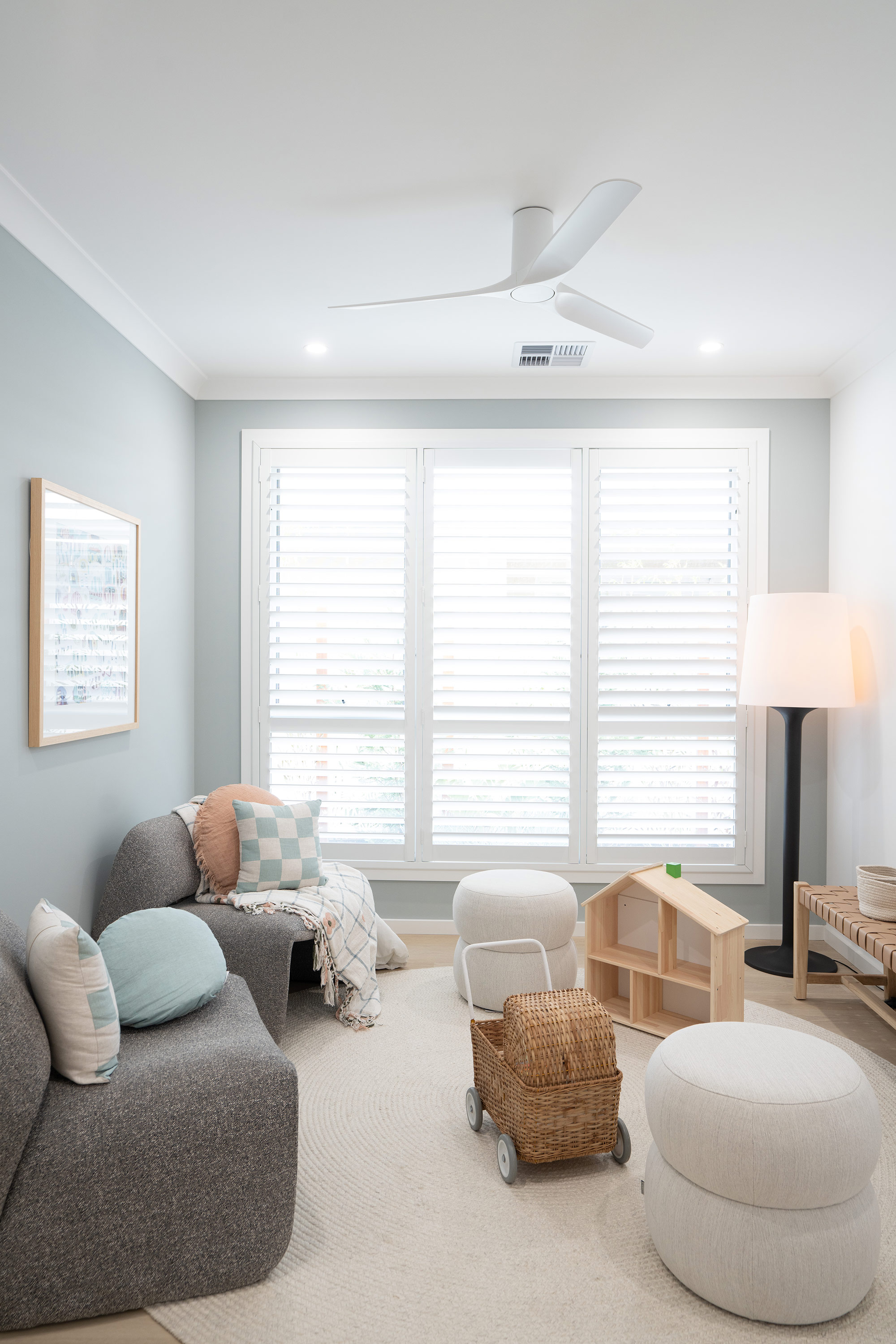
Your Dream Home Starts Here
Your vision, our expertise. At Weeks Homes, we're passionate about turning house plans into dream homes. With a focus on quality craftsmanship and attention to detail, we create spaces that are as beautiful as they are functional.
From the initial concept to the final touches, our dedicated team is committed to guiding you through the building process. Let's work together to bring your dream home to life.

